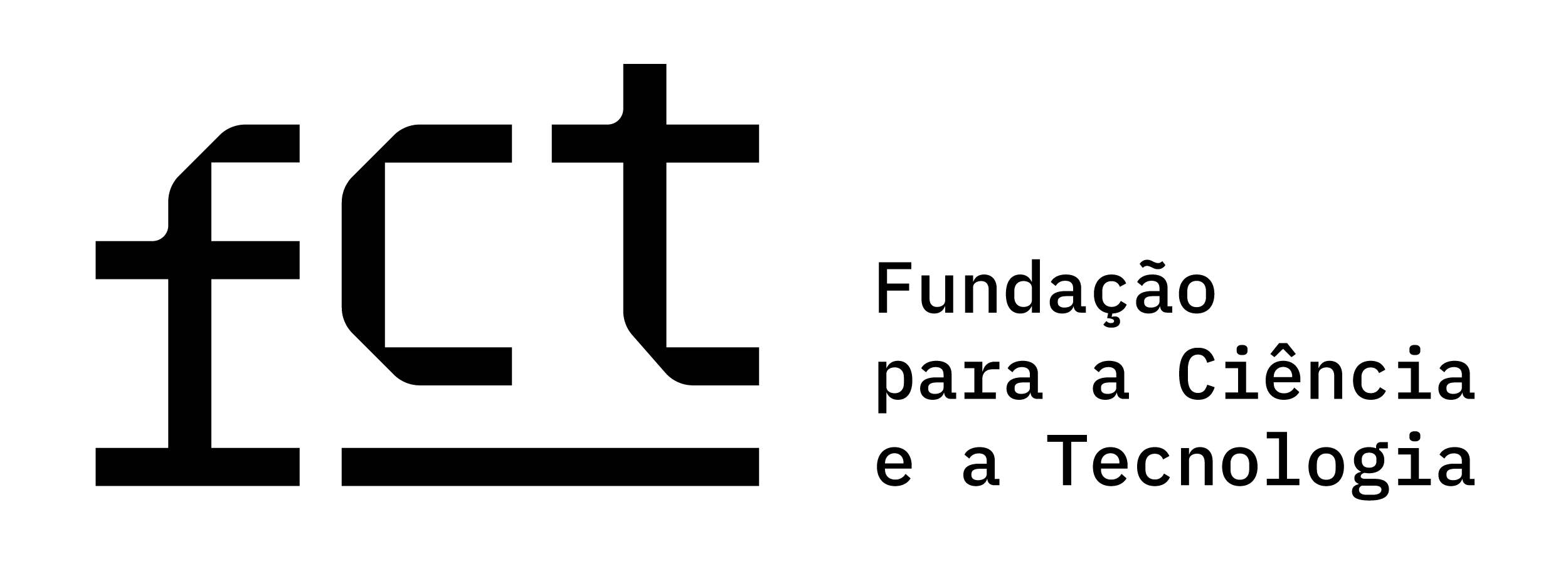FFMforBIO
Compared to other techniques the Atomic Force Microscopy (AFM) is advantageous for its ability to quantitatively map, in physiological conditions and with nm resolution, interaction forces and gradients providing information on the interaction between virtually any two molecules (ex:proteins) and literally feeling cells. In the frame of this project we will use our consolidated experience on AFM/FFM techniques to study molecular and mechanical forces in Biology.
In this project we will study how different stress sources affect the mechanical properties of live cells in a comprehensive way from quasi static to tens of kHz. Comparisons will be established between wild-type and mutant organisms grown under optimized and stress conditions for all strains. One of our main subjects is the Sacharomyces cerevisiae SC , an yeast cell commonly used in beer, bread and wine. We will study the effect of stress due to acetic acid and ethanol stress and the effect of different cytoskeleton compositions that may (or may not) affect cell wall properties. In parallel we will continue the preliminary studies addressed in the short term EXPL/FIS-NAN/1395/2013 project: the study of the interaction between Haa1 and SC DNA to assess the mechanisms underlying the ability of transcription factors to specifically bind to their DNA target sequences and the effect of lipopolisacharide (LPS) (a major component of the bacterial outer membrane in Gram-negative bacteria and a known immunologic virulence factor) structure, on adhesion to bronchial epithelial cells. In these studies, the common strategy is the tip functionalization with the pertinent molecule and then use FFM to force probe a second molecule (ex: Haa1 protein and DNA)



